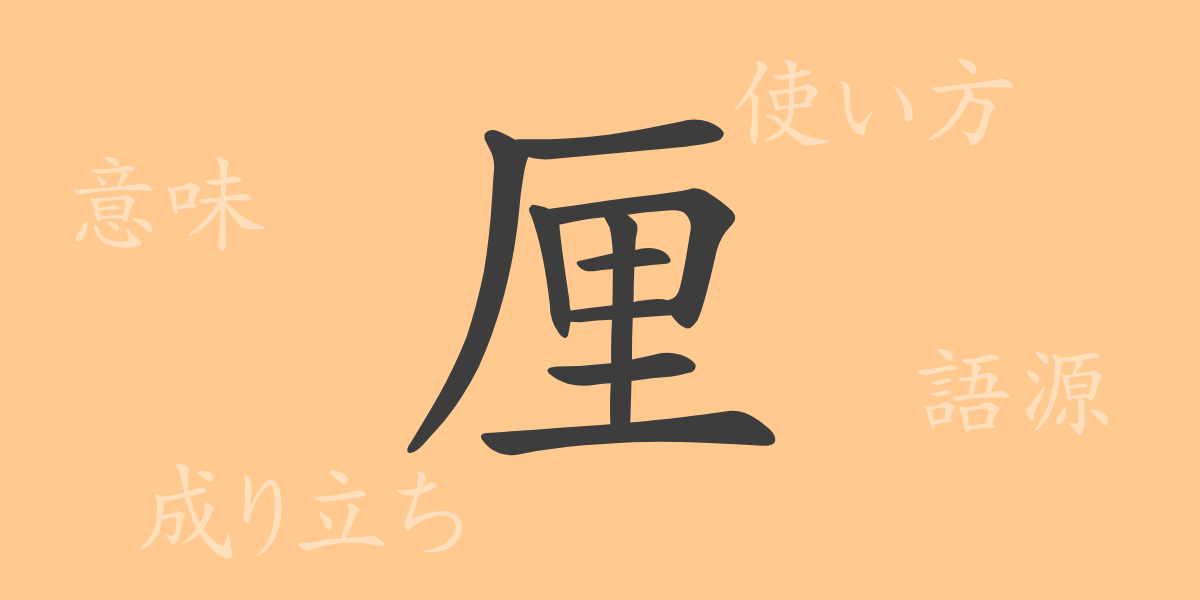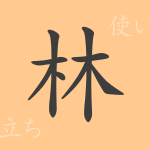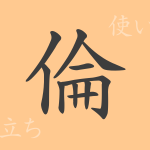The beauty of the Japanese language lies in its complexity and richness of expression. Understanding the meaning embedded in each character is akin to embarking on a journey to discover the depth of the language. In this article, we shine a spotlight on the particularly intriguing 常用漢字(jouyou kanji) “厘(rin),” exploring its origin and contemporary usage. Step into the lesser-known world of “厘(rin)” with us.
The Origin of 厘(rin)
The kanji “厘(rin)” is a character that originated from ancient China, with its roots tracing back to very old times when it was used as a unit of measurement. Originally, it was a combination of the pictogram “禾(no gihen),” which means rice plant, and “里(ri),” representing a village, symbolizing the precise division of harvested crops. Over time, it came to signify more general units of division or proportion.
The Meaning and Usage of 厘(rin)
“厘(rin)” is primarily used to denote fine divisions of numbers. Specifically, 1厘(rin) represents 1/10 of a 割(wari), or 1/1000. It has also been used as a monetary unit, historically representing 1/1000 of a 円(yen). In modern times, “厘(rin)” can be found in calculations involving interest rates and tax rates.
Reading, Stroke Count, and Radical of 厘(rin)
The kanji “厘(rin)” has fascinating information regarding its form and structure.
- Reading: The 音読み(onyomi) reading is “リン(rin),” and it does not have a 訓読み(kunyomi) reading.
- Stroke Count: It comprises a total of 9 strokes.
- Radical: The radical is “厂(gandare).”
Idioms, Proverbs, and Phrases Using 厘(rin)
There are numerous idioms, proverbs, and phrases that include “厘(rin).” For instance, “毫厘(gouri)” signifies a very small difference or amount, and “厘毛求疵(rinmoukyuushi)” means to nitpick or criticize minor flaws. These expressions epitomize the delicacy and precision of the Japanese language.
Summary of 厘(rin)
Each kanji character intricately intertwines form, sound, and meaning. “厘(rin)” is no exception, with its small form embodying a significant history and meaning. By tracing its evolution from a unit of measurement to its modern-day applications, we can see how “厘(rin)” is deeply rooted in Japanese culture and language. Through this exploration, we can unravel and deepen our understanding of culture through language.

























